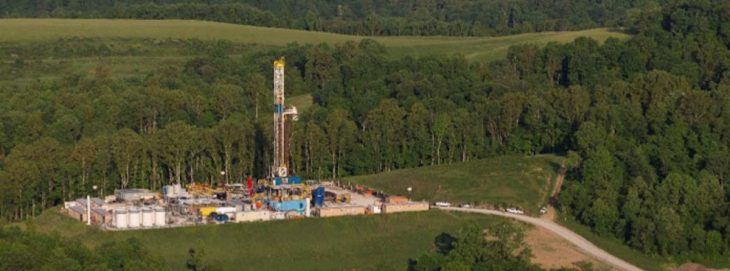National Oil and Gas Gateway consolidates well-level data from Arkansas, participating states
by September 26, 2017 2:29 pm 287 views

The National Oil and Gas Gateway, made available to the public Tuesday (Sept. 26), is the first public website with oil and natural gas well-level data from multiple states.
The website was created as a collaborative initiative among the U.S. Energy Information Administration (EIA), the Groundwater Protection Council (GWPC) and its member states, and the U.S. Department of Energy’s Office of Oil and Natural Gas.
Well-level data in the oil and gas information portal are updated monthly by the participating states. Ten oil and natural gas producing states are submitting monthly data to the gateway, including Alabama, Arkansas, Colorado, Kentucky, Mississippi, Nebraska, New York, Oklahoma, Utah and West Virginia.
Participation in the Gateway is open to all oil- and natural gas-producing states, and the GWPC has worked with a majority of those states to develop the Risk Based Data Management System (RBDMS), a shared data management system developed with the support of the Department of Energy’s Office of Oil and Natural Gas.
Users of the Gateway may view, analyze, and export data for oil and gas wells, including: Well location; Well name, unique well API number, and operator; Current well status and well type; Well production, injection, disposition, and completion data; Hydraulic fracturing chemical disclosure reports from FracFocus; and Well depth and drilling orientation – such as directional, horizontal, or vertical.
The Gateway combines participating states’ publicly available oil and natural gas data into a common framework with consistent definitions. Previously, these states’ well-level data was only available on individual state websites or in aggregate in commercial databases. Only individual states may modify the data in the Gateway, and state agency websites should still be considered the definitive source for all data on the site.
Website users can view data in map, datasheet, or dashboard forms. The map view displays the geographic location of wells and allows users to apply filters by drawing areas on the map directly. The datasheet displays well data in a spreadsheet format that lets users aggregate, sort, and compare wells, and the dashboard provides charts that can be customized and downloaded.
